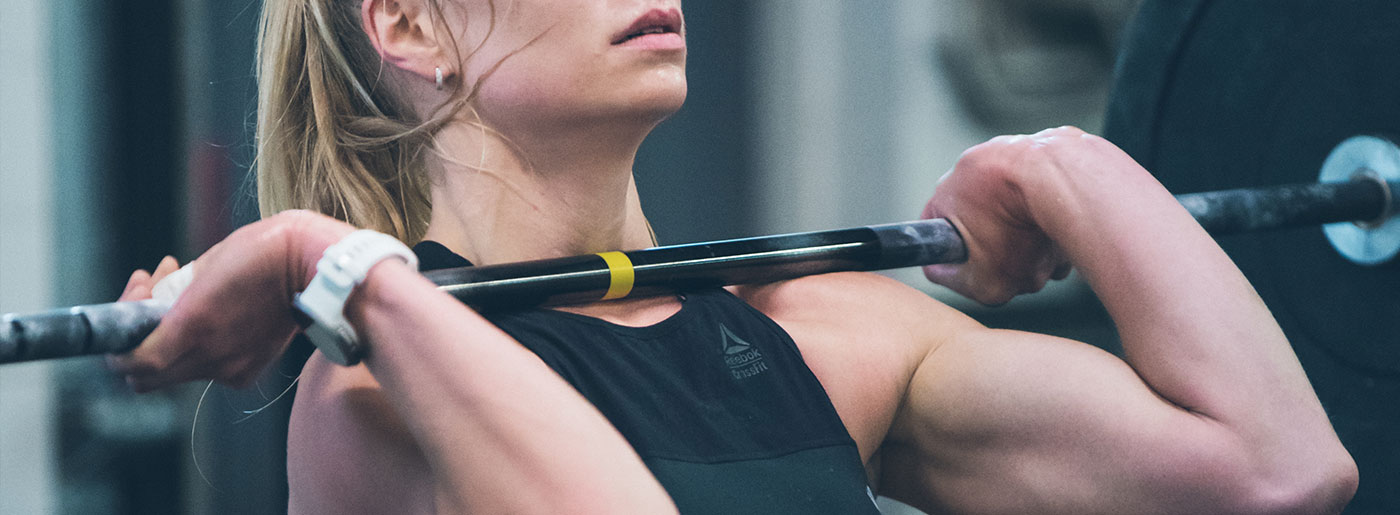There’s more to cardio than meets the eye. Certainly, going for a short jog or bike ride a couple of times a week is better than nothing, but if you’re truly looking to see results, it’s best to mix both high- and low-intensity efforts into your training regimen.
Enter into the ring HIIT vs steady-state cardio workouts. In this showdown, each has its own benefits and applications, but a combination of the two will help you lose weight, increase strength and boost endurance.
what is steady-state cardio?
This is the type of aerobic cardio most people include in their training plan without even knowing it. It’s a form of continuous exercise that emphasizes consistency and keeping the effort even and regulated. Swimming laps or running a half marathon are two examples of steady-state cardio.
“The benefits of steady-state cardio are that you can maintain your pace and effort for longer periods,” says Christian Jonsson, obstacle course racer (OCR), CrossFit athlete and Polar Ambassador. “You don’t have to be motivated every day to manage such cardio – I would say it’s easier to work out every day and avoid injuries.”
Steady-state cardio has been associated with better mood and a positive body image, promotes weight loss and helps boost endurance.
Additionally, steady-state cardio has been associated with better mood and a positive body image, promotes weight loss and helps boost endurance. Jonsson personally incorporates steady-state cardio workouts – like running, rowing or walking – into his training plan two to three times a week.
“I track my efforts by looking at my heart rate or heart rate zone,” says Jonsson. “A steady-state heart rate for me is around 140 to 150 bpm – I can maintain that for a long time. Then sometimes you can have a very high steady-state cardio workout, but then I’ll see it more as competition preparation.”
what is HIIT?
High-intensity interval training is a form of cardio generally completed as a circuit. Each circuit has a set time limit (generally only a few minutes, followed by rest) and is completed at about 80 percent of your maximum heart rate. HIIT has exploded in popularity in recent years due to its ability to rev your metabolism, promote weight loss, lower blood pressure and improve strength.
Intervals are the absolute best way to build up the highest level of performance and speed, learn to control, and lower heart rate.
“I see my progress in HIIT workouts – more reps, shorter time, higher weights – and in my experience I would say that this form of working out is the most effective as long as you don’t do ultra-races,” says Jonsson. “Intervals are the absolute best way to build up the highest level of performance and speed, learn to control and lower heart rate and to let the body feel high heart rates and pain so the next time you are used to it and don’t collapse.”
HIIT workouts rarely require equipment and they’re time-efficient.
Proponents of this rapid-fire style of training are not only drawn to its results but also its convenience factor. HIIT workouts rarely require any equipment and their shorter nature is valuable for people who are always busy and on the go.
Due to the stress HIIT puts on the body, Jonsson recommends limiting yourself to only one to two HIIT workouts a week – intervals, CrossFit, sprints, or workouts with high heart rate and little rest. He often pairs a HIIT workout with a weight training session in the gym.
“I monitor my heart rate and heart rate zones during a HIIT workout, and for me, I would say I stay somewhere over 160 bpm with a max around 187 bpm, and then I will hit the wall within seconds,” says Jonsson. “I always use a sports watch with HR so just with a quick look I can check my state.”
HIIT VS. steady-state cardio – which is better?
When it comes to HIIT vs. steady-state cardio, both have their rightful place in any training regimen. Of course, knowing when to use each is highly dependent on your fitness goals and current physical ability.
When it comes to heavy lifting, having a high heart rate isn’t the best.
“I love HIIT, it’s effective and rapid, but when it comes to things like lifting heavy, having a high heart rate isn’t the best, so it depends,” says Jonsson. “Everything comes down to what you want to use it for, what you train for, and what your goal is.”
While each has their own range of benefits, they also have some disadvantages. The explosive movements in a HIIT workout can cause injuries if done improperly, and it’s not for beginners.
On the other hand, steady-state cardio requires significantly more time, can result in performance plateaus, and can put you at risk for overuse injuries. It’s best to consult with a coach or fitness professional who can monitor your workouts and performances before overhauling your training routine yourself.
“I think you need both [HIIT and steady-state cardio] to get solid ground to stand on,” says Jonsson. “You can use steady-state as a form of rest to manage your tough HIIT sessions once in a while.”
If you liked this post, don’t forget to share so that others can find it, too.
Or give it a thumbs up!
I like this article
Please note that the information provided in the Polar Blog articles cannot replace individual advice from health professionals. Please consult your physician before starting a new fitness program.






